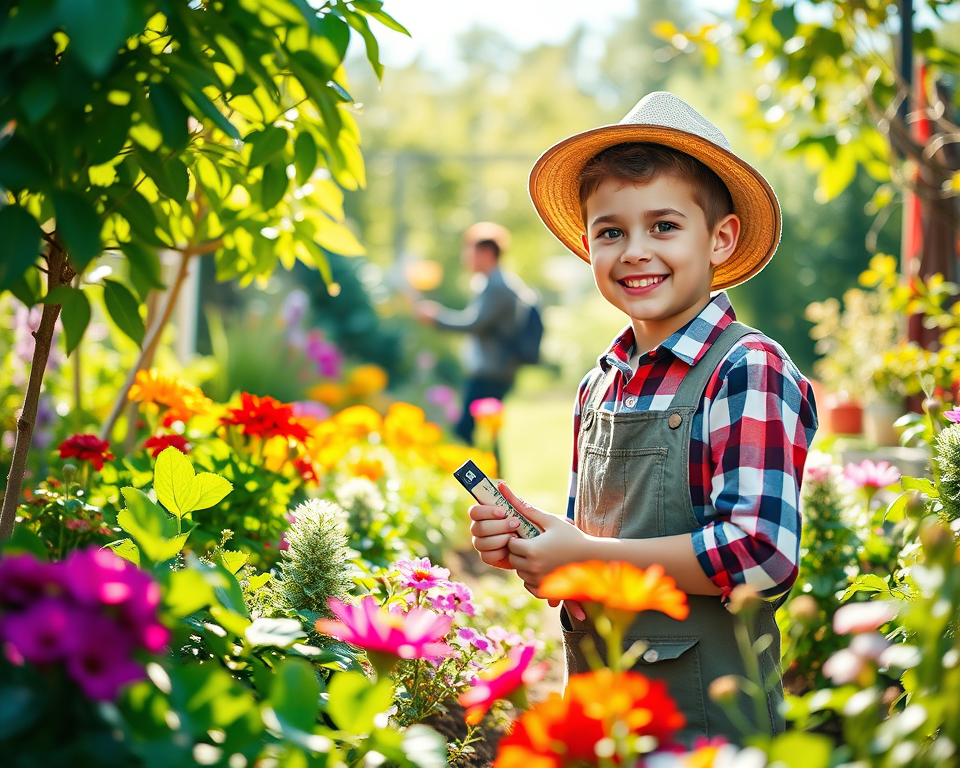Hey there, young gardener! 🌱 Today we’re going to talk about how we can change measurements from one type to another. Specifically, we will look at how to convert cubic meters to cubic feet.
Now, you might be wondering what cubic meters and cubic feet are. They help us understand how much space we have in a garden or any area for planting. Cubic meters are big blocks of space measured in meters, while cubic feet are smaller blocks of space measured in feet.
To understand the conversion, let’s look at the basic equation. One cubic meter is about 35.3147 cubic feet. So, to find out how many cubic feet are in 18 cubic meters, we can use the equation:
$$
18 \text{ cubic meters} \times 35.3147 \text{ cubic feet per cubic meter} = 636.25 \text{ cubic feet}
$$
This means that 18 cubic meters is equal to about 636.25 cubic feet! That’s a lot of space for your plants!
Now, here are 7 objects that are exactly equal to the space of 18 cubic meters:
- A large fish tank that holds about 636.25 gallons of water.
- A big garden shed that’s 18 feet long, 9 feet wide, and 4 feet high.
- A stack of about 18 large bags of soil (1 cubic meter each).
- A small room in your house that is length 12 feet, width 12 feet, and height 4.5 feet.
- If you filled a small swimming pool, it would hold this much water (about 636.25 gallons).
- A cube that measures about 8.54 feet on each side.
- A bunch of 5 large compost bins, each holding 3.65 cubic feet.
So, when you think about your garden, knowing how much space you’ve got can really help you decide where to plant your favorite flowers or vegetables! 🌼🥕 Keep up the great gardening work!
